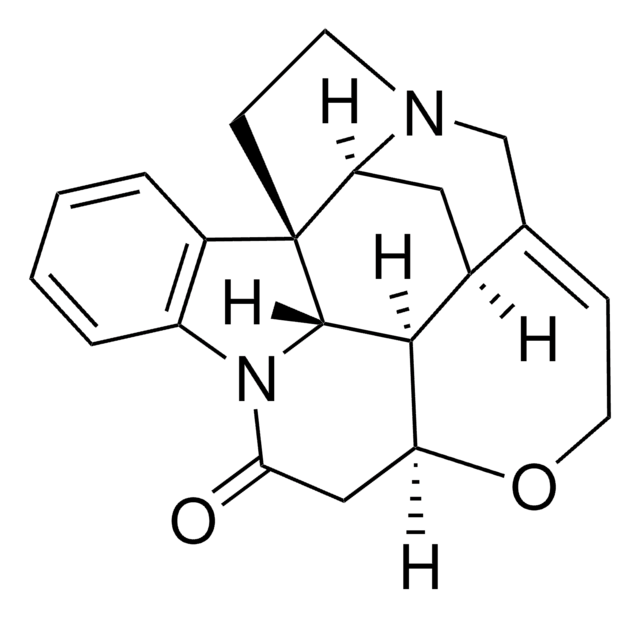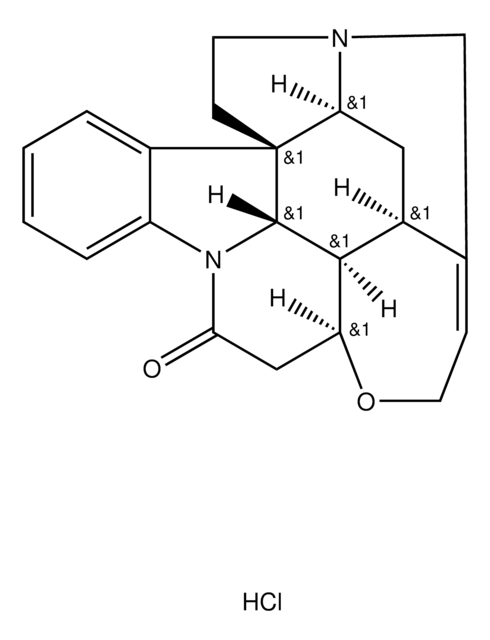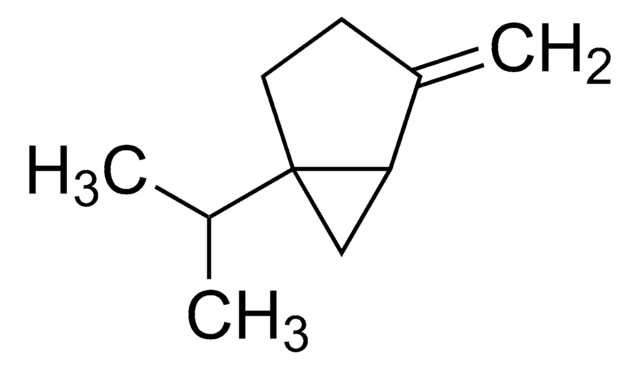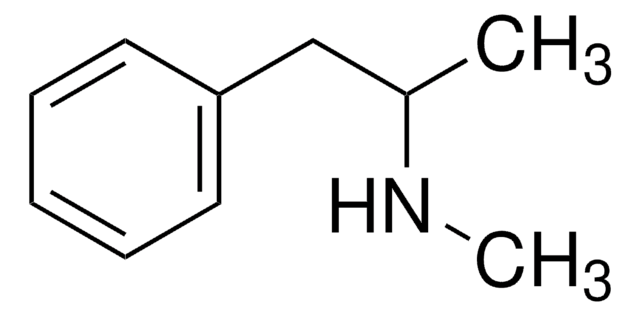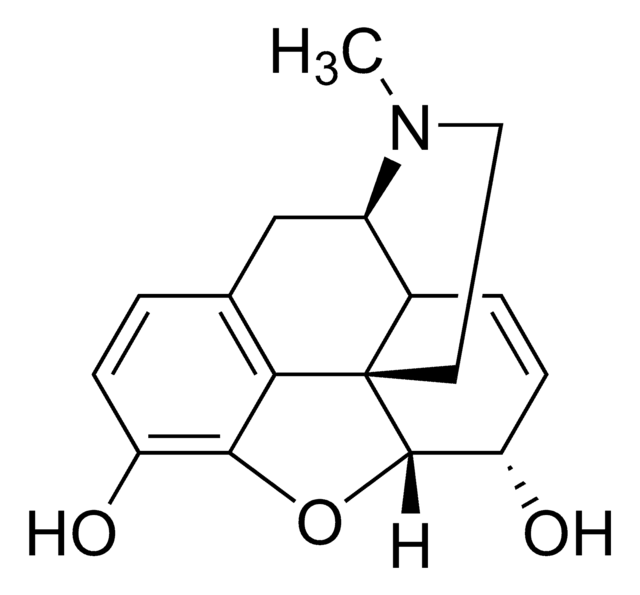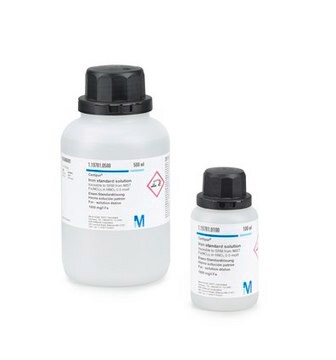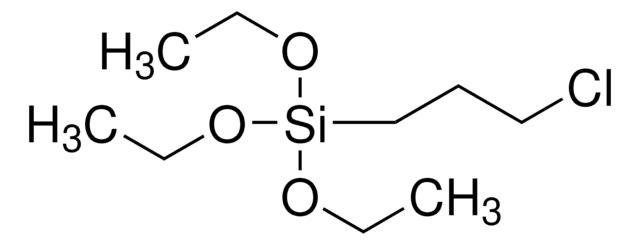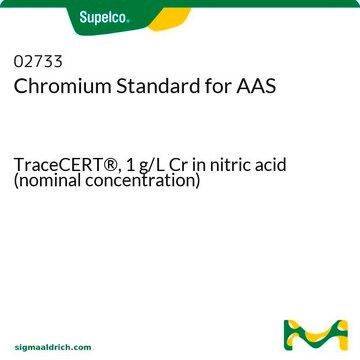S7001
Strychnine hemisulfate salt
≥98.0%, suitable for ligand binding assays and NMR
Synonym(e):
Strychnidin-10-one sulfate (2:1)
About This Item
Empfohlene Produkte
product name
Strychnine hemisulfate salt,
Assay
≥98.0%
Qualitätsniveau
Form
powder
Methode(n)
NMR: suitable
ligand binding assay: suitable
Farbe
white to off-white
SMILES String
OS(O)(=O)=O.O=C1C[C@@H]2OCC=C3CN4CC[C@@]56[C@@H]4C[C@@H]3[C@@H]2[C@@H]5N1c7ccccc67.O=C8C[C@@H]9OCC=C%10CN%11CC[C@@]%12%13[C@@H]%11C[C@@H]%10[C@@H]9[C@@H]%12N8c%14ccccc%13%14
InChI
1S/2C21H22N2O2.H2O4S/c2*24-18-10-16-19-13-9-17-21(6-7-22(17)11-12(13)5-8-25-16)14-3-1-2-4-15(14)23(18)20(19)21;1-5(2,3)4/h2*1-5,13,16-17,19-20H,6-11H2;(H2,1,2,3,4)/t2*13-,16-,17-,19-,20-,21+;/m00./s1
InChIKey
GOOCRIHPADOQAS-ZNUXJMJHSA-N
Biochem./physiol. Wirkung
Signalwort
Danger
H-Sätze
Gefahreneinstufungen
Acute Tox. 1 Oral - Acute Tox. 2 Inhalation - Aquatic Acute 1 - Aquatic Chronic 1
Lagerklassenschlüssel
6.1A - Combustible acute toxic Cat. 1 and 2 / very toxic hazardous materials
WGK
WGK 3
Flammpunkt (°F)
Not applicable
Flammpunkt (°C)
Not applicable
Analysenzertifikate (COA)
Suchen Sie nach Analysenzertifikate (COA), indem Sie die Lot-/Chargennummer des Produkts eingeben. Lot- und Chargennummern sind auf dem Produktetikett hinter den Wörtern ‘Lot’ oder ‘Batch’ (Lot oder Charge) zu finden.
Besitzen Sie dieses Produkt bereits?
In der Dokumentenbibliothek finden Sie die Dokumentation zu den Produkten, die Sie kürzlich erworben haben.
Kunden haben sich ebenfalls angesehen
Unser Team von Wissenschaftlern verfügt über Erfahrung in allen Forschungsbereichen einschließlich Life Science, Materialwissenschaften, chemischer Synthese, Chromatographie, Analytik und vielen mehr..
Setzen Sie sich mit dem technischen Dienst in Verbindung.